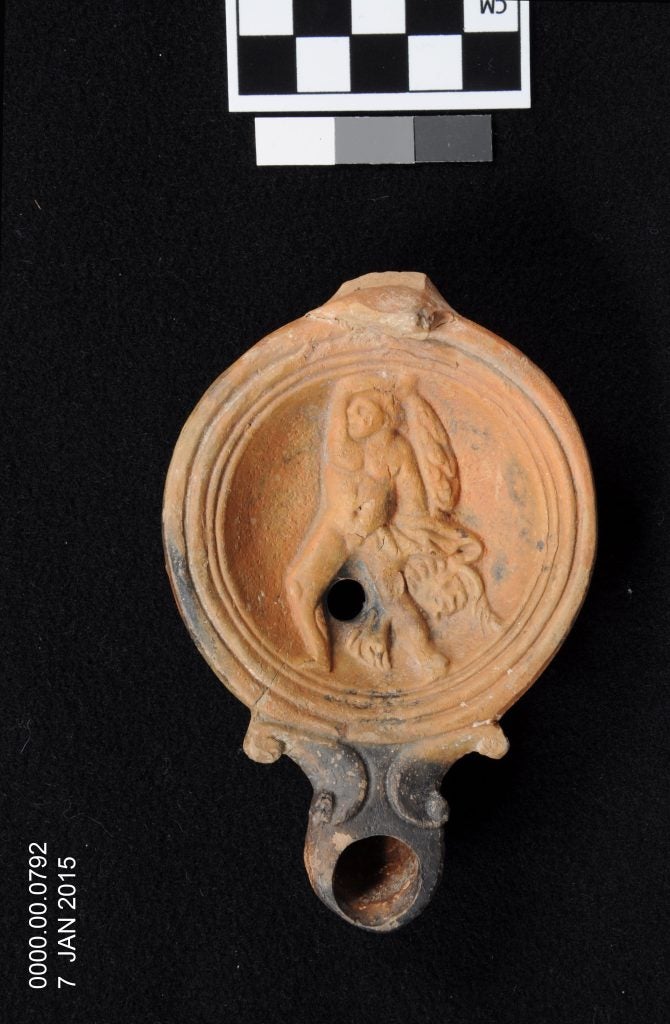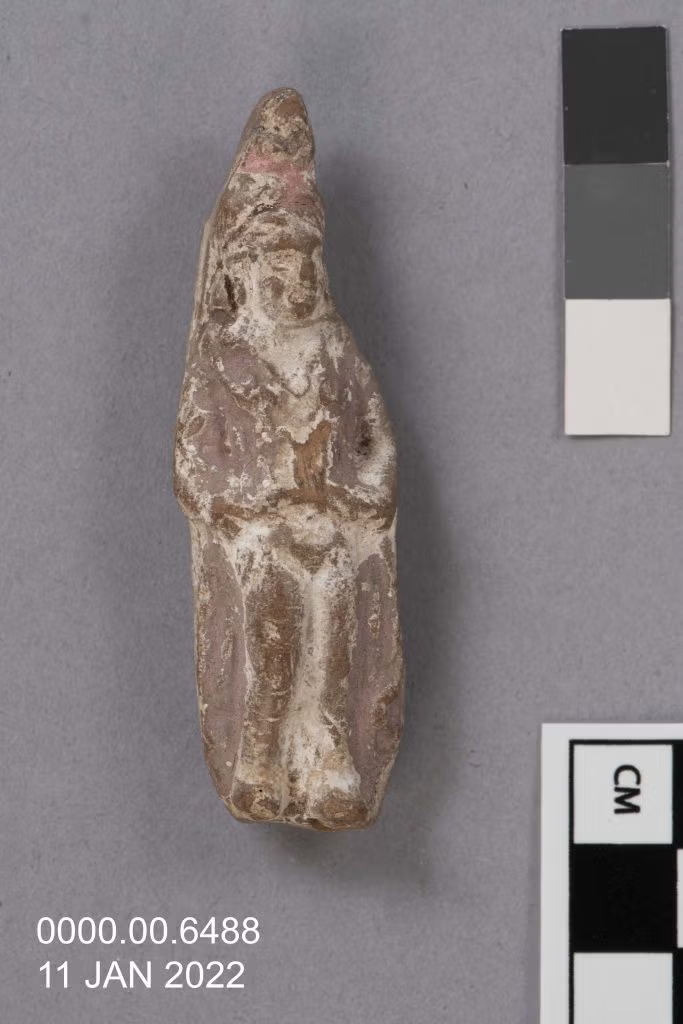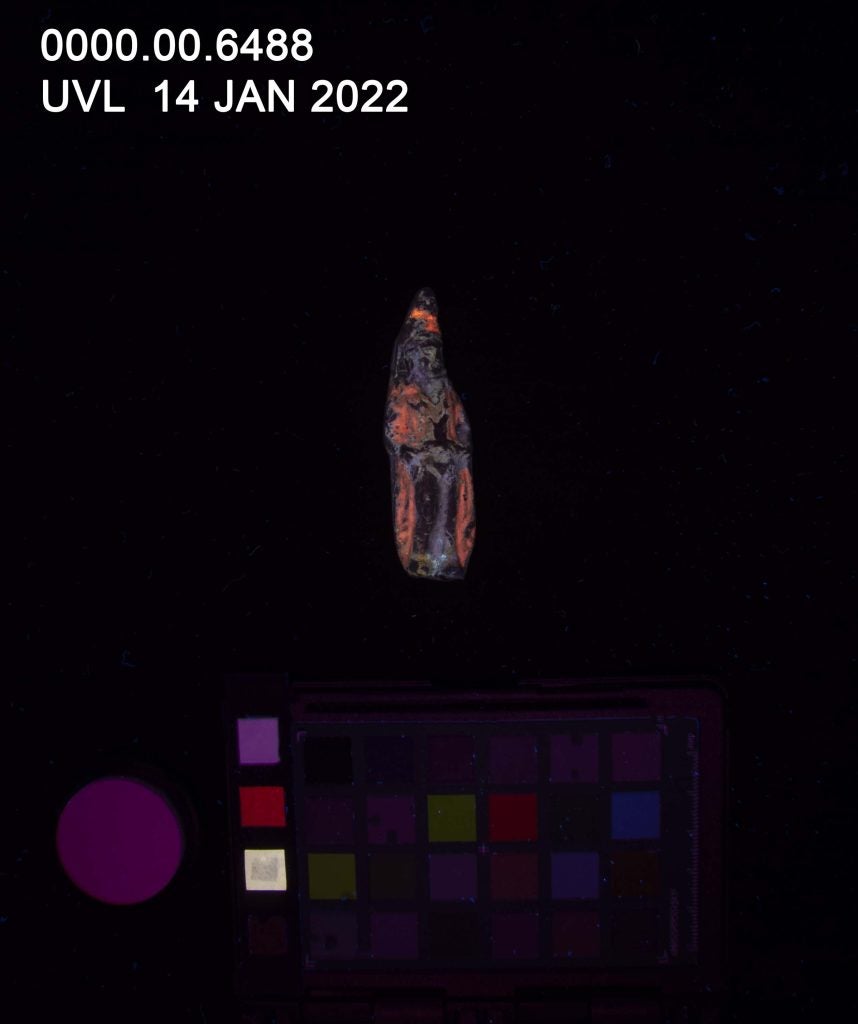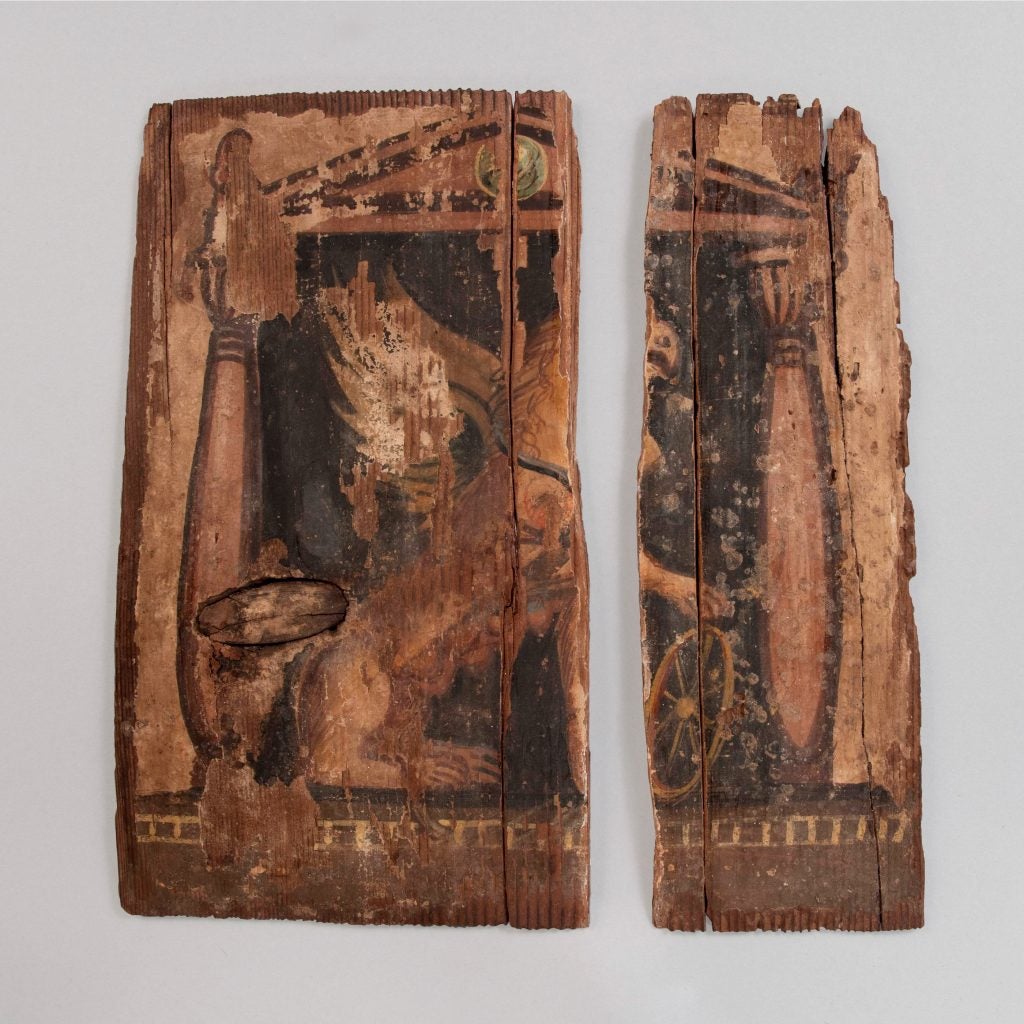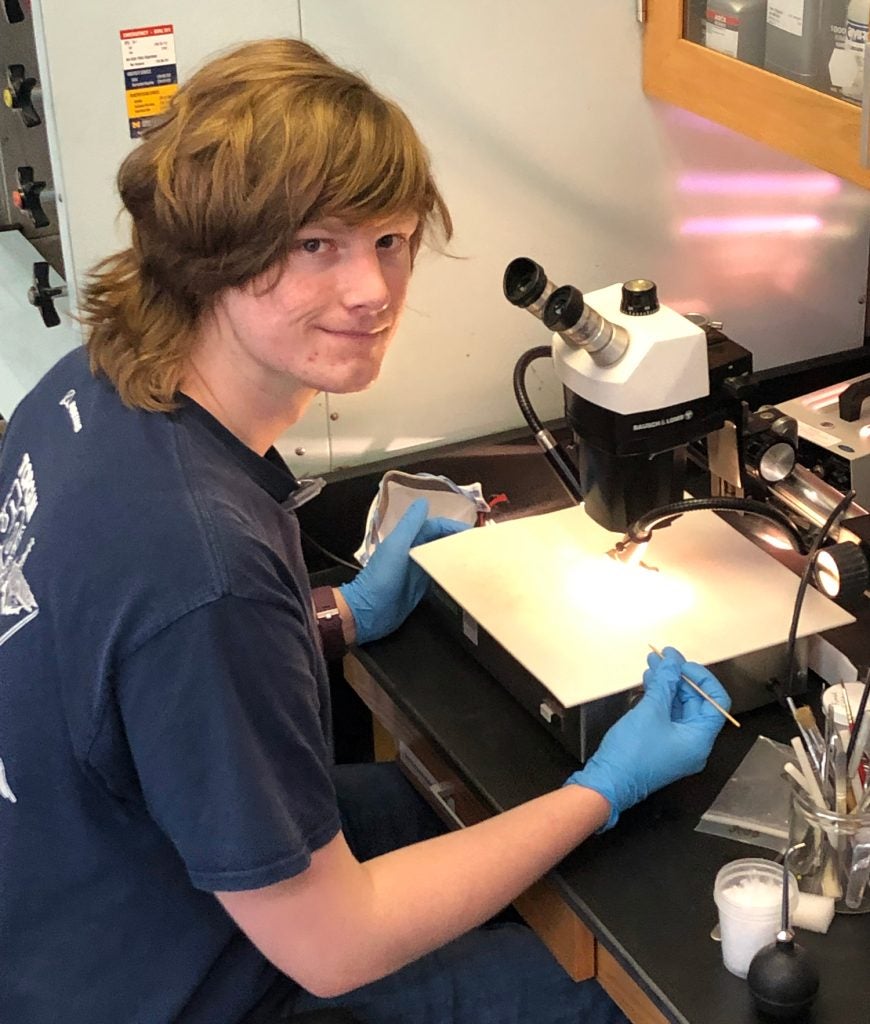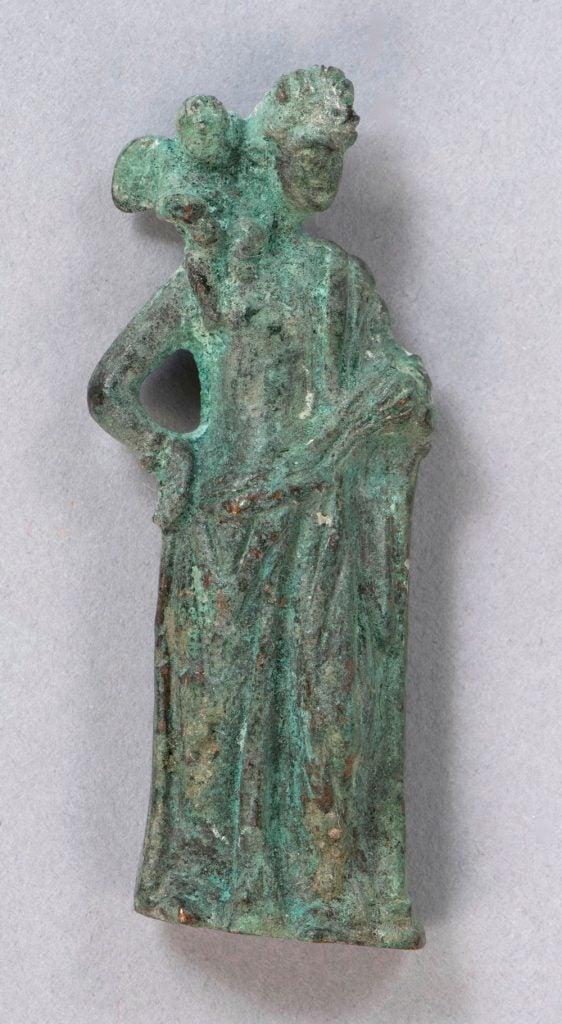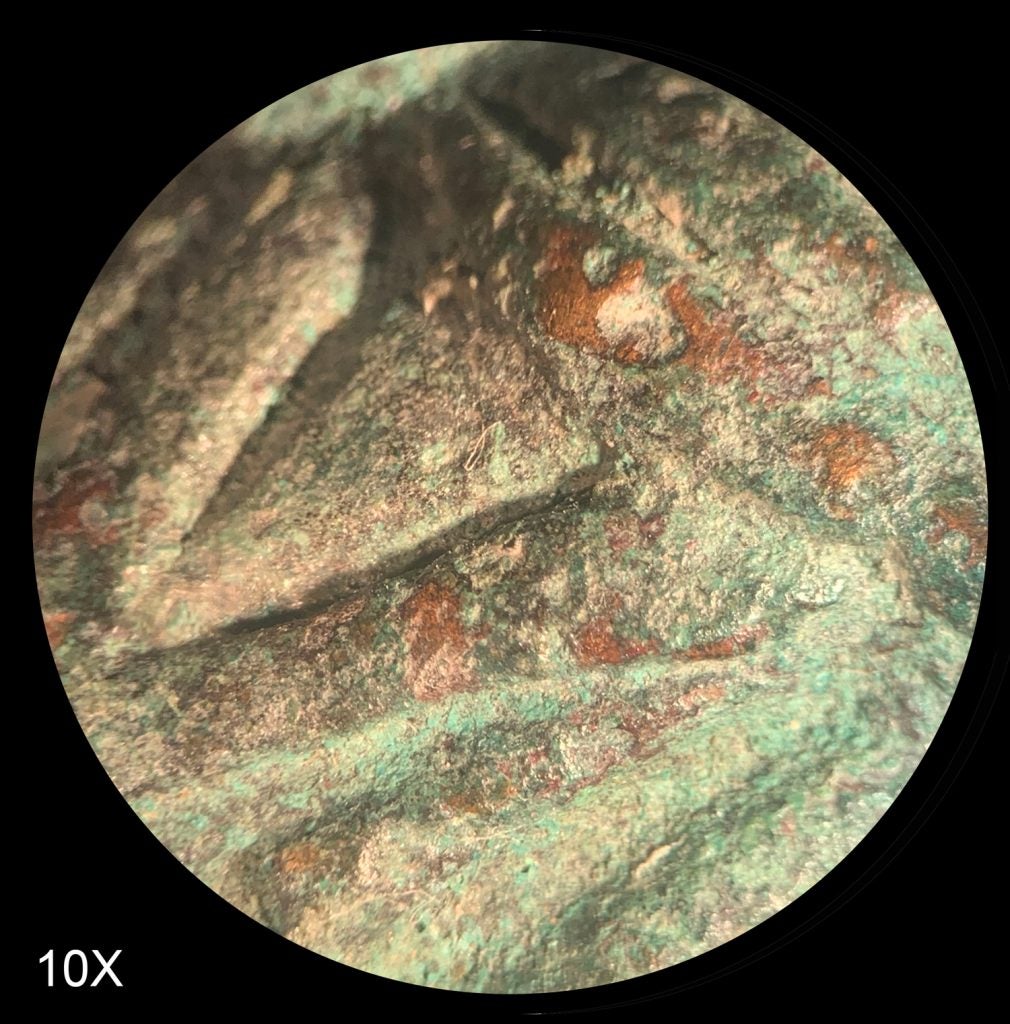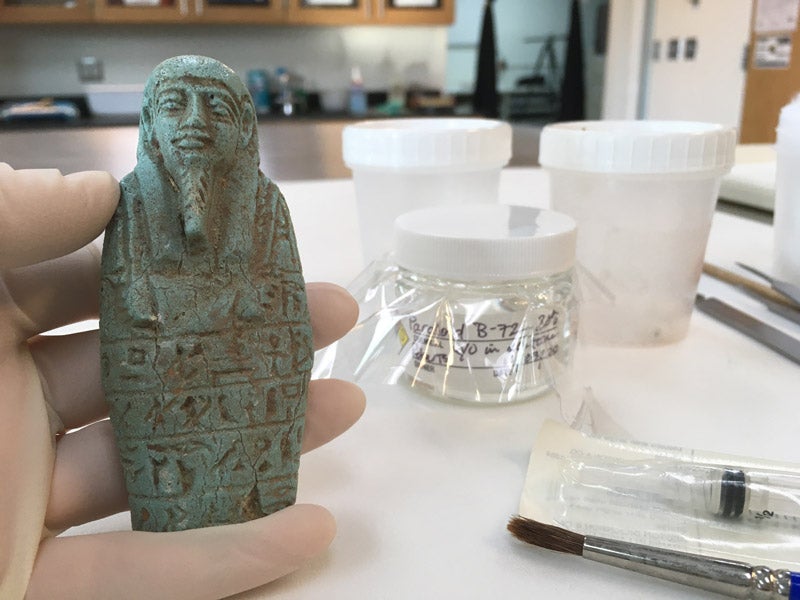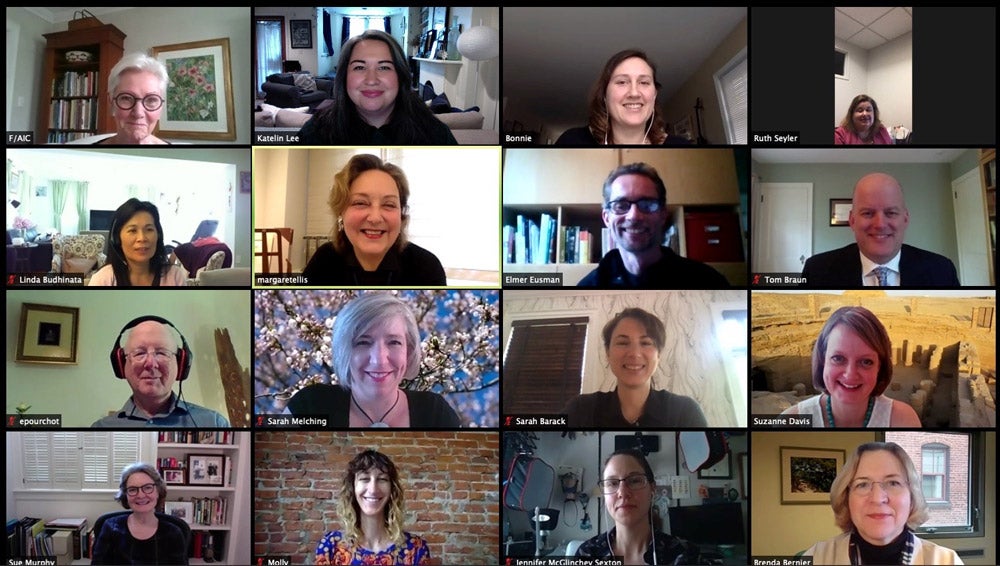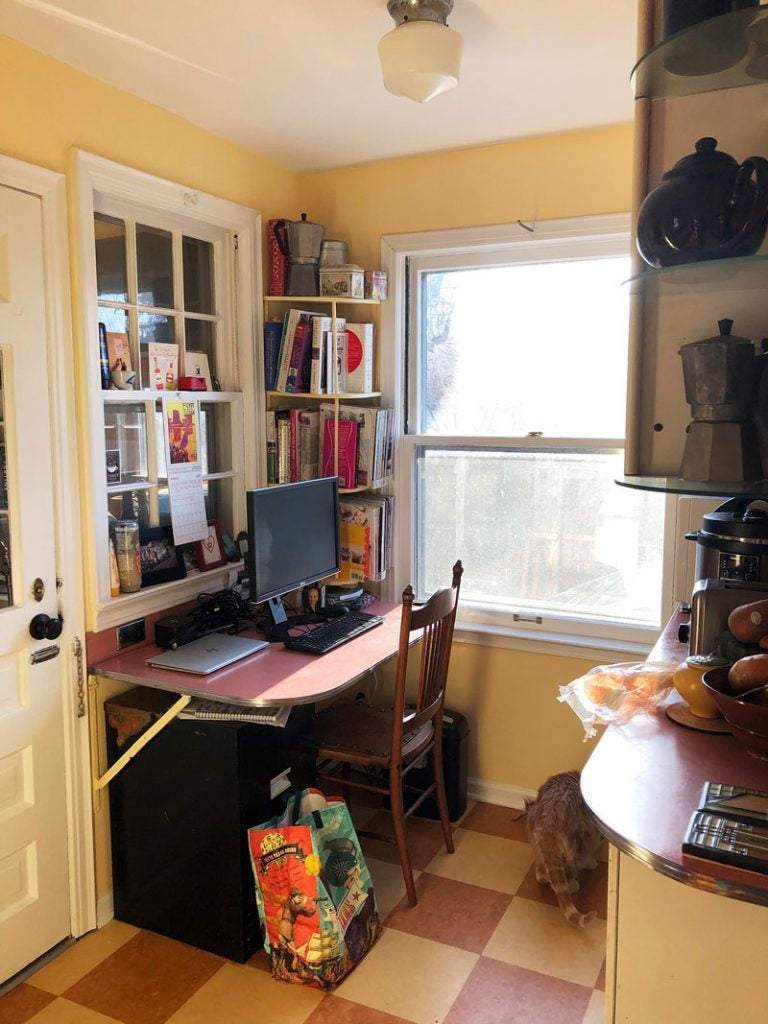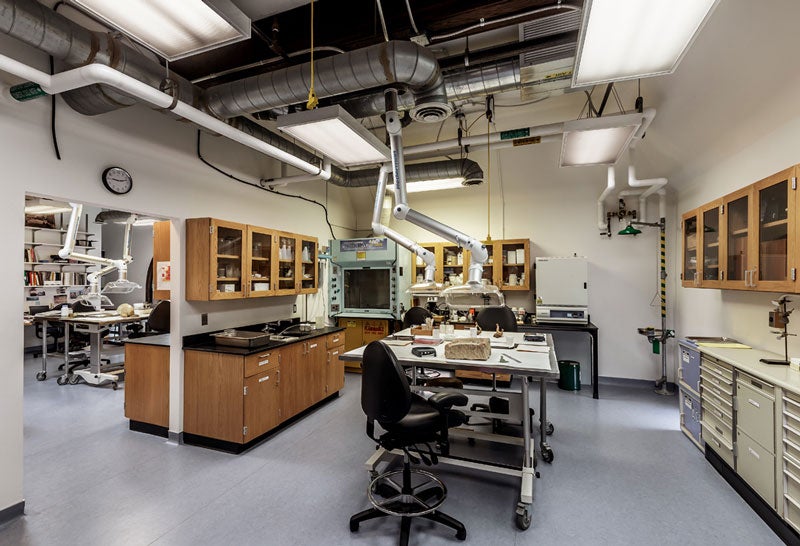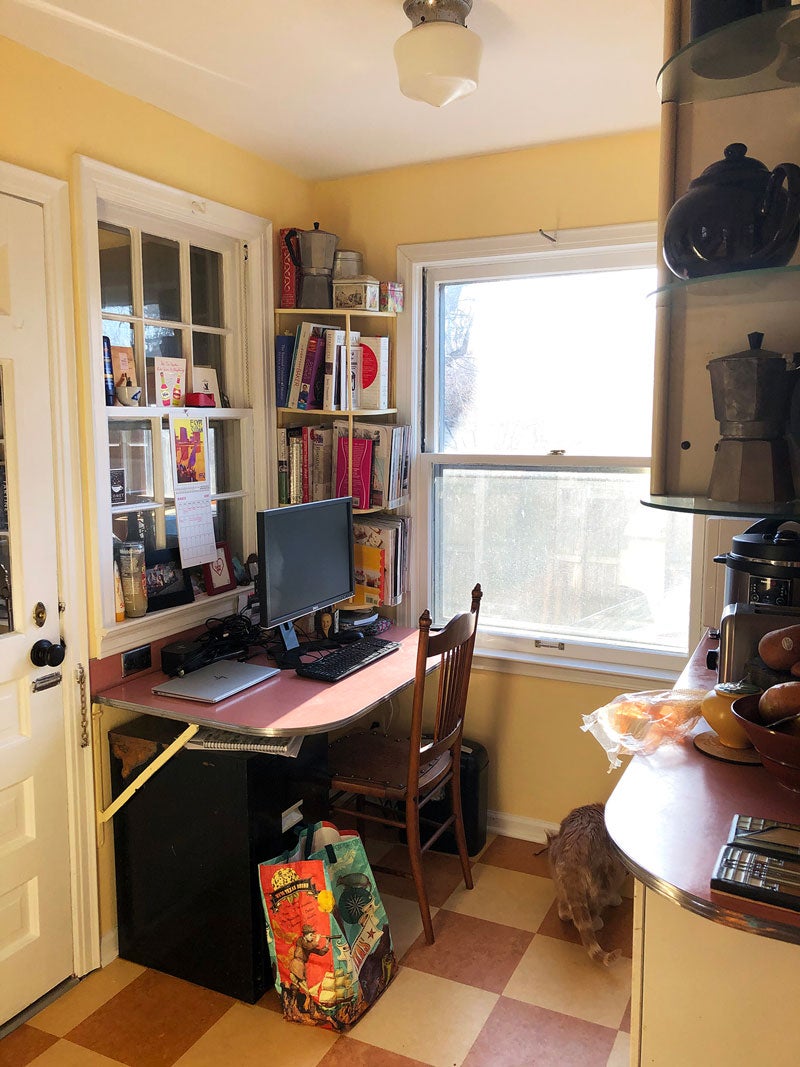News from the Conservation Lab – April 2023
By Caroline Roberts, Conservator
Hello, friends of the Kelsey Blog! The past six months have really flown by, haven’t they? Suzanne and I have spent quite a bit of this time traveling for work, something that we both missed during the pandemic. Here are some highlights!
In September and October, Suzanne and I returned to Abydos, Egypt, where we provide conservation for the Abydos Middle Cemetery (AMC) Project. We worked on a variety of things, including objects from the serdab of Weni the Elder, as well as newly excavated artifacts, alongside our Egyptian conservator colleagues Hamada Sadek and Ahmed Abdullah. Being back there—and being a part of the Weni project—was such a thrill.

In November, Suzanne and I gave papers at the American Society of Overseas Research’s annual meeting in Boston, where Suzanne presented her research on gender equity in museums and I participated in a workshop on Roman-Egyptian funerary portraits. It was great to see colleagues in the flesh once again after many years of virtual meetings and to be able to visit some old stomping grounds, including the Museum of Fine Arts, Boston, where I took in the newly reinstalled Greek and Roman galleries. Check out this truly inspired loom weight display (I love it so much I just had to share it with you folks)! We also enjoyed a tour of the Harvard Art Museums with recent IPCAA graduate Caitlin Clerkin, who works there as a postdoctoral fellow.
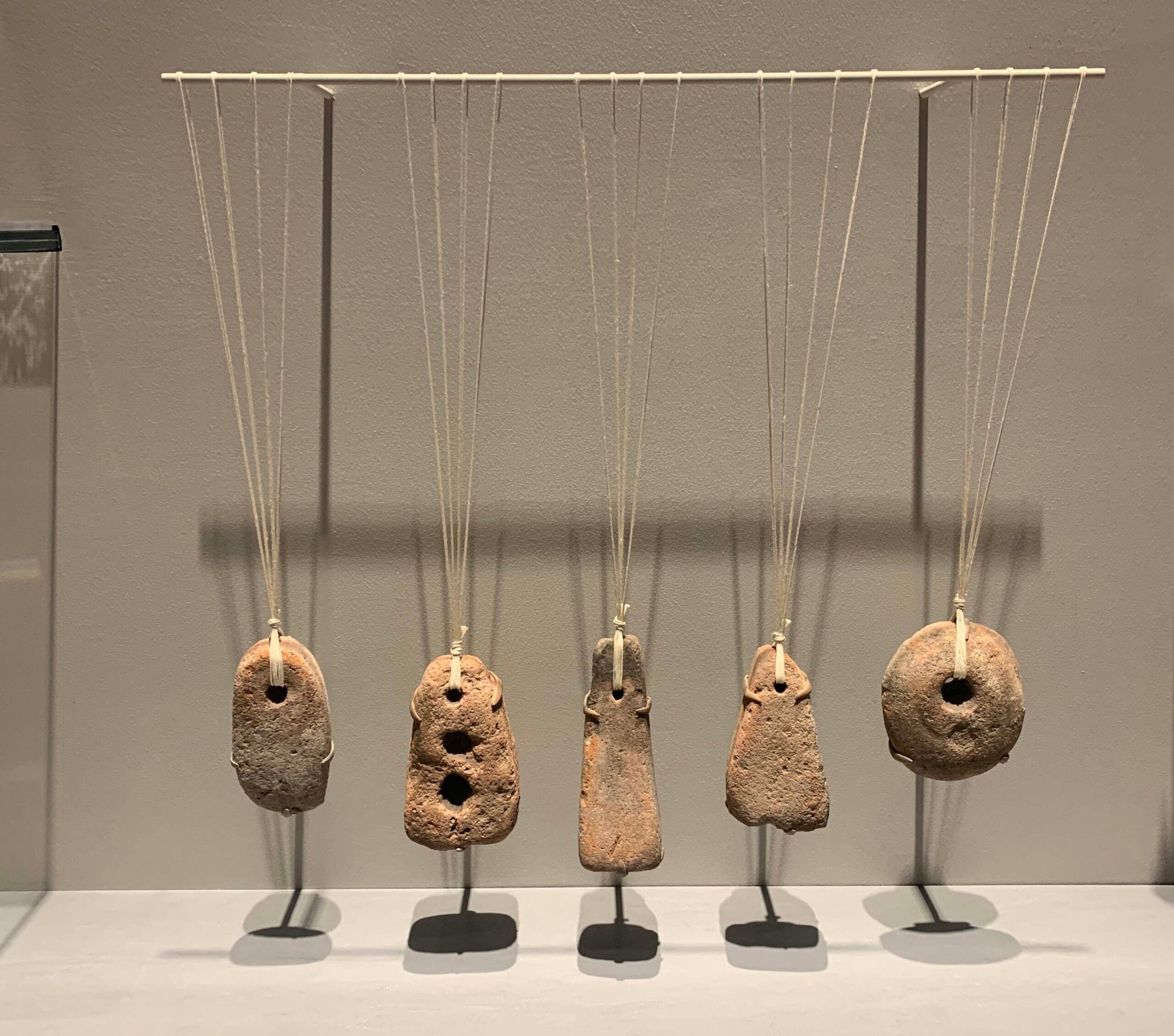
In January, Suzanne traveled to Jebel Barkal, Sudan, where she is directing site preservation with her team of conservators and conservation architects including Elmontaser Dafalla, David Flory, and Sefian Mutwakil. Check out her blog post and more news from Barkal here.
As always, there is a lot going on in the Conservation Lab! Keep tuning in.
News from the Conservation Lab – April 2023 Read More »

